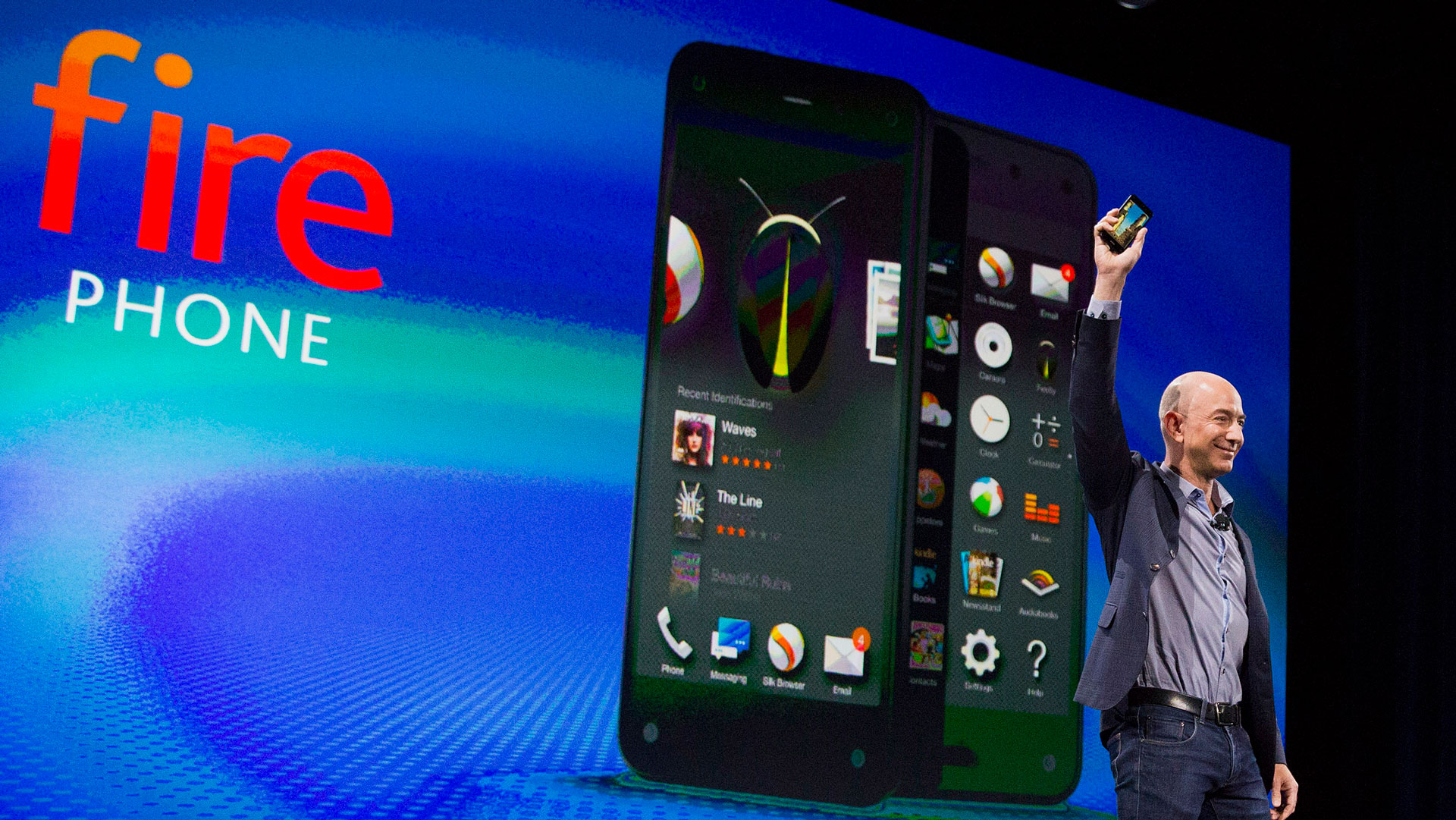
My mind is often disappearing down rabbit holes, often triggered by something I’ve seen on social media. In this case, it was a post about the Amazon Fire Phone. You might remember it – Jeff Bezos triumphantly introduced it a decade ago, and within six months it was selling for 99 cents. The Fire Phone was in truth a lovely, if slightly chunky headset, carrying extra weight to support 3D-ish parallax screen technology. That weirdo bit of gadgetry may have been the Fire Phone’s undoing.
And that got me thinking.
The smartphone market has been a test bed for some of the strangest technology on the planet; oddball ideas that must have made sense to someone in R&D at the time, but which leave the smartphone consumer confused or, worse, disinterested. Some of these efforts were so extreme that they crashed and burned like ill-fated experimental jet aircraft, leaving the companies behind them to clean up the mess and maybe reassess their life choices.
After rabbit-holing a bit into the history of the Fire Phone, I couldn’t stop thinking about all those other failed efforts; Android smartphones with wild designs or features that provided brief moments of intrigue and even amazement before disappearing. They’re the tech equivalent of flash paper.
What follows are my memories of some of those classic efforts, and a few thoughts about how and why they failed.
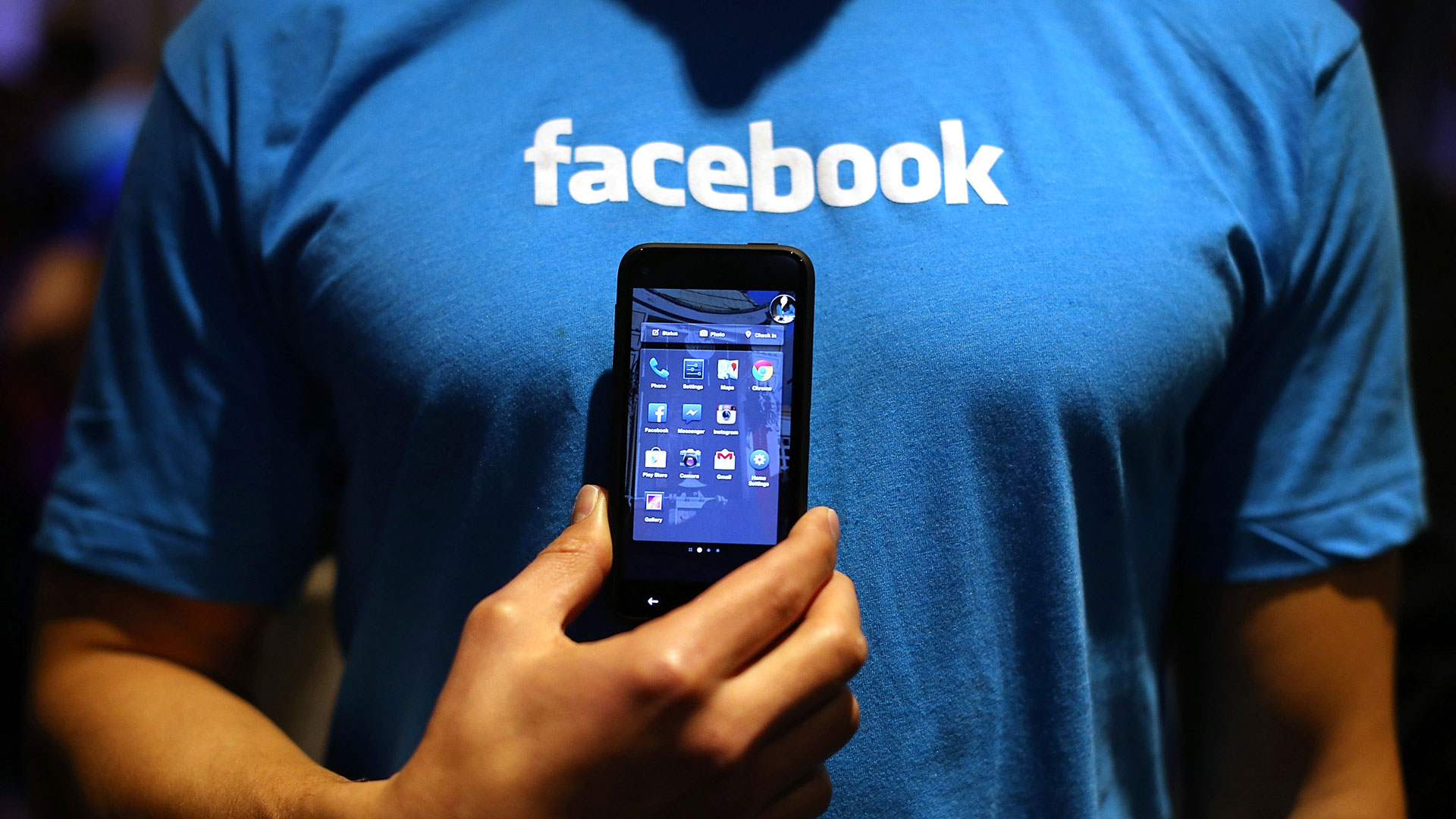
Remember the Facebook Phone? Built by HTC for Facebook in its pre-Meta years, the phone not only put the social network front and center on the handset, it made it your home screen. In other words, Facebook was inescapable. Facebook Home was festooned with notification elements, and was constantly downloading updates and photos from your Facebook Friends. The platform did a nice job of letting you manage all this, but it soon became clear no one wanted that much Facebook. Few remember The Facebook Phone – or HTC as a phone manufacturer, for that matter.
Big swings
I miss the days when OnePlus took some risks, and there are a pair of memorable smartphone technologies from two of their handsets that I will never forget.
Imagine a smartphone with a pop-up camera. Better yet, check out the one on the OnePlus 7 Pro. This was the first and last time I ever saw such a thing, and it was a pretty cool piece of tech. The 16MP selfie-camera lens popped up from the top edge of the camera. If you dropped the phone, the camera automatically retracted into the body. This was brilliant – and it was also quickly dropped by OnePlus.
OnePlus 7 Pro Full Review! – YouTube 
Watch On
OnePlus’ second piece of weirdo tech was essentially an accident. OnePlus included, for reasons I still cannot fathom, a photochromic filter (along with other filters) on its OnePlus 8 Pro flagship. I thought it was a useless feature until someone discovered that you could use the filter to look through some types of plastic, turning it into a pocket-sized tech X-ray machine! I had some fun with it, but OnePlus must have quickly realized that this was a feature too odd even for it and, via a software update, quickly disabled the filter.
I finally have an x-ray camera! Used the OnePlus 8 Pro photochrom filter to see inside my Amazon Fire TV cube. ht: @richdemuro who discovered this. pic.twitter.com/gFgEmg5d80May 13, 2020
Too many screens
While multi-screen folding phones are relatively common these days, early attempts were abject failures. No one could find a rational way to deliver more than one screen on a pocket-sized smartphone.
Early on there was the Sprint Kyocera Echo. I remember two things about this phone. It was fat to accommodate the two screens, which you sort of snapped together into one, and Sprint employed magician and escape artist David Blaine to help unveil it. Blaine held his breath underwater for eight minutes, which is probably longer than anyone considered the Kyocera phone a viable handset option.
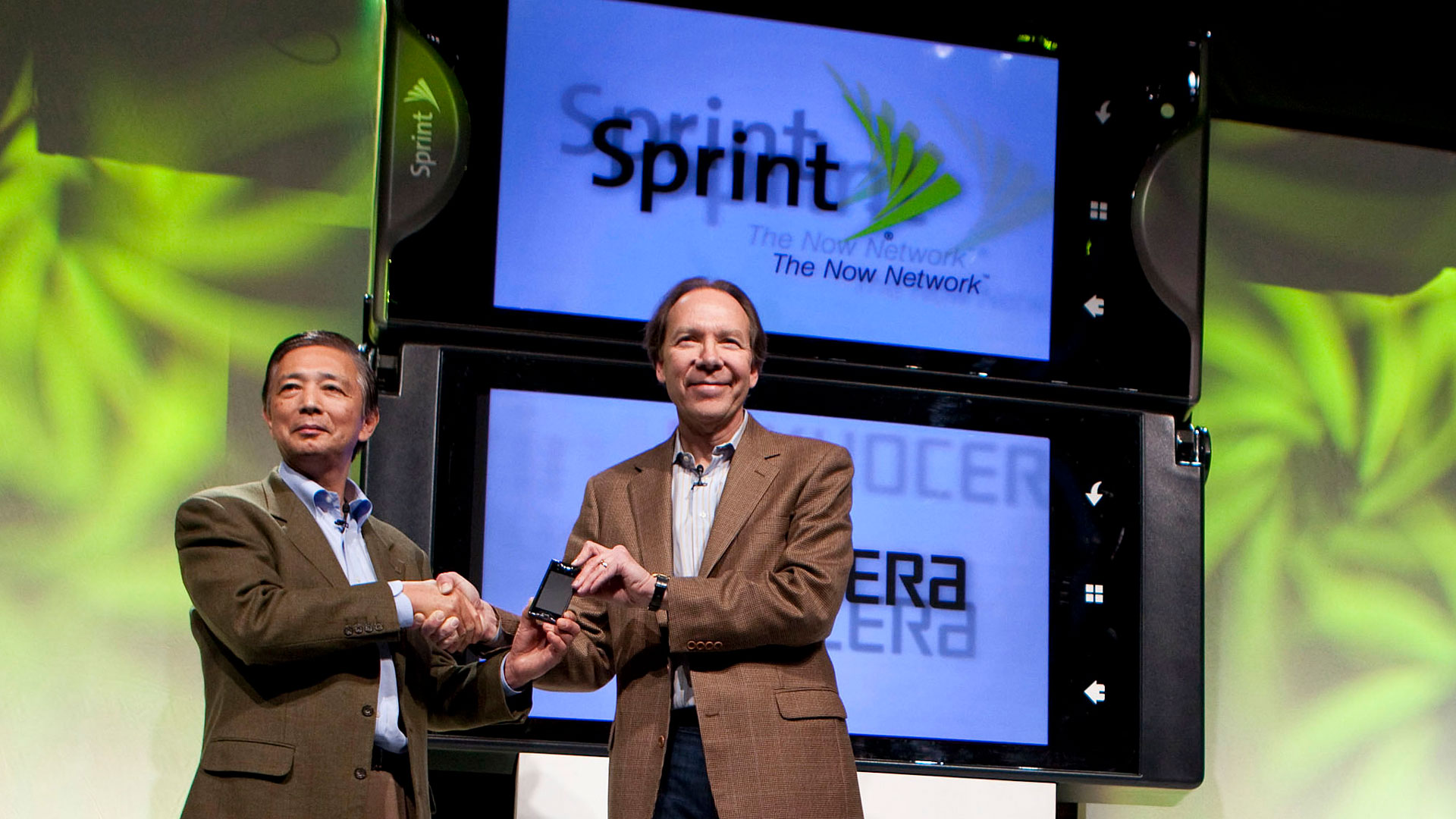
Years later LG confounded us with the Wing. It looked like a normal 5G smartphone, that is until you flipped the top screen 90 degrees to reveal a half-sized second display right below it. This action turned the phone into a sort of cross, which might have made it useful for fending off vampires but didn’t make for a practical user experience.
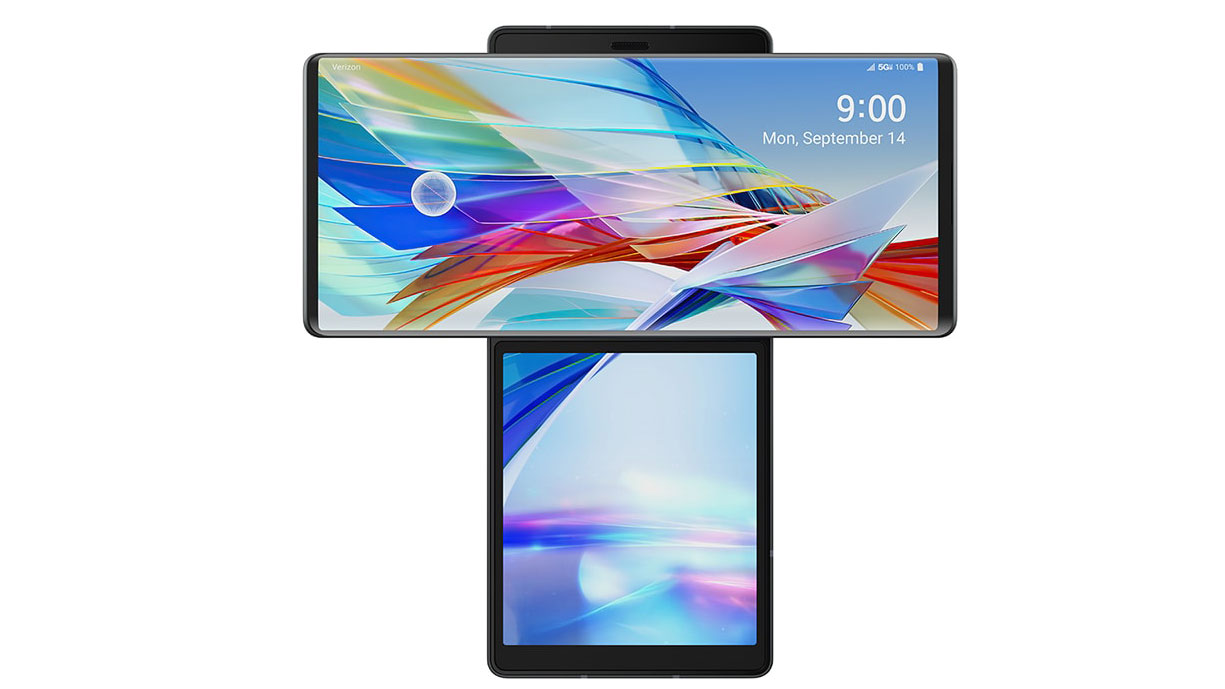
Even star power can’t shield bad ideas from discerning eyes. Musician and sometime tech entrepreneur Will.I.Am’s Puls wearable phone looked like the world’s ugliest bracelet, and spent no time on the charts.
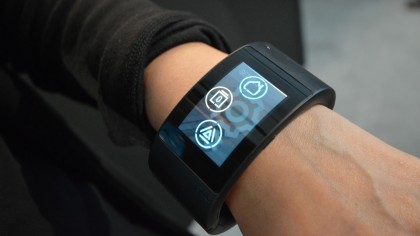
The DIY set
If you’ve followed the trend line of phones then you know they’re all sliding toward the middle, with few variations on screen size, chassis design, and feature set. Outliers are quickly winnowed away, but that hasn’t stopped companies from trying something radically different – like creating your own phone. Think of this group as the Build-a-Bear of handset design.
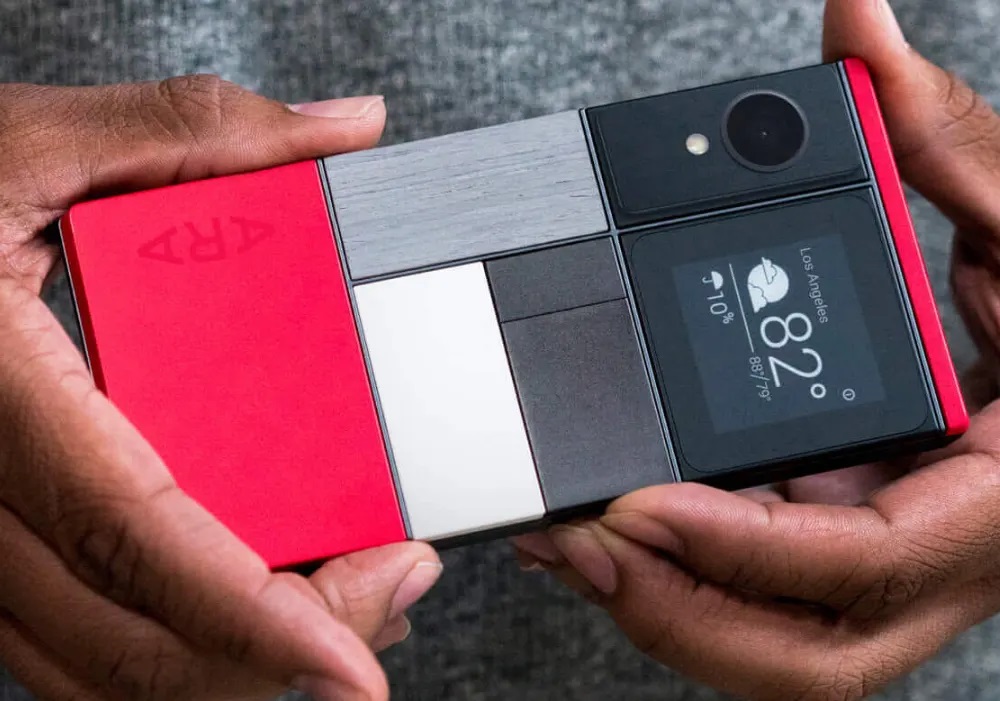
Google was probably first with Project Ara, essentially handing people a bag of parts and telling them to build the phone they wanted. To be fair, this was never more than an experiment. I knew people who were convinced that Project Ara was exactly what consumers wanted, and that it would be the future of phones. The sales told a different story, and Google has long since shuttered that project.
Motorola tried the same thing with modular Motos that accepted snap-on-backs with better cameras, giant speakers, and more. No one bought them.
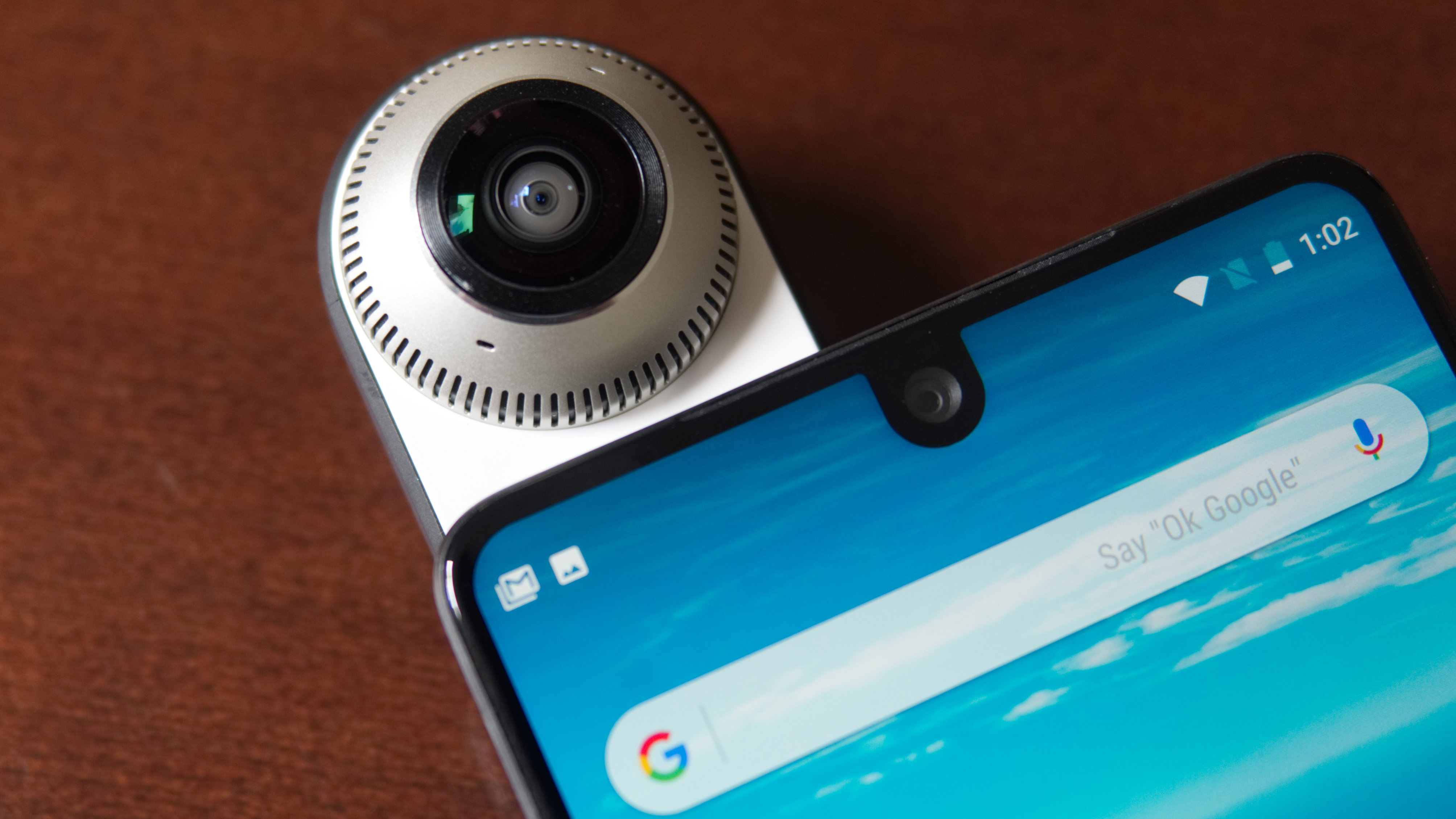
Andy Rubin’s Essential Phone tried a similar tack, but with tinier modular add-ons like a 360-degree camera. That problem was that most consumers don’t buy standalone 360-degree cameras, so why would they want to snap one onto their smartphone?
Sure enough the Essential Phone soon became anything but essential.
I have a certain fondness for these and the countless other strange smartphone technologies that have come and gone over the years. Not because I believe they should have succeeded, but because they’re glimpses of the adventuresome spirit and desire to stand out that I think has been stamped out across the industry.
Being different is not rewarded in phones world. Most smartphones now succeed by looking for instance, like the best iPhone. Most work similarly. Breakthroughs are rare, but not impossible. The folding phone, after all, was a completely strange and seemingly almost impossible idea until it wasn’t.
Folding smartphones are still not fully proven in the marketplace, but I think they’re the one weird idea that’ll stick. If not, they’ll be at the top of my next list.
You might also like
- TechRadar Choice Awards 2024 winners: the best tech of the last year
- Google Pixel 9 Pro vs Google Pixel 8 Pro: same name, different game
- Google Pixel 9 Pro vs Samsung Galaxy S24 Ultra: two AI champions compared
